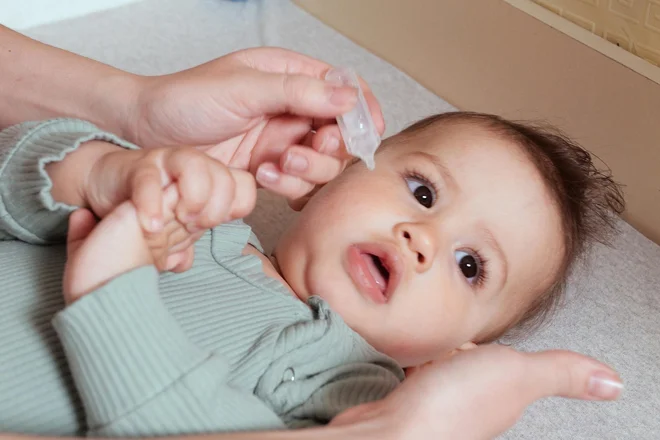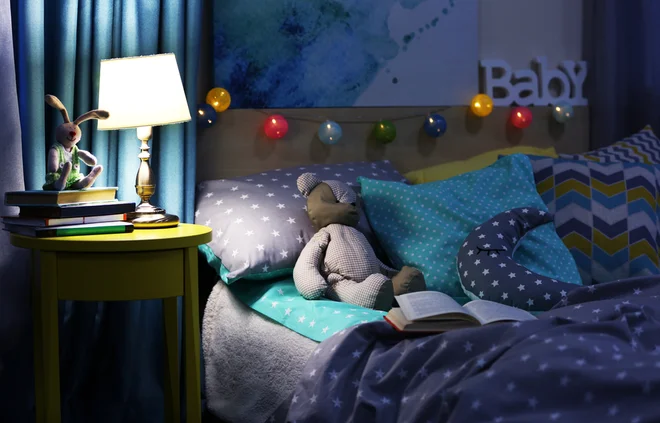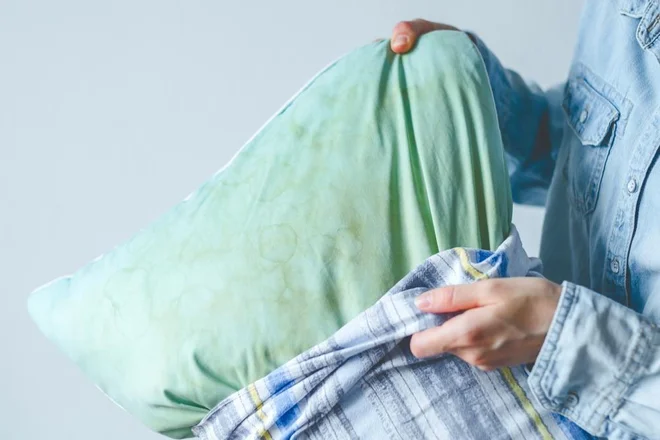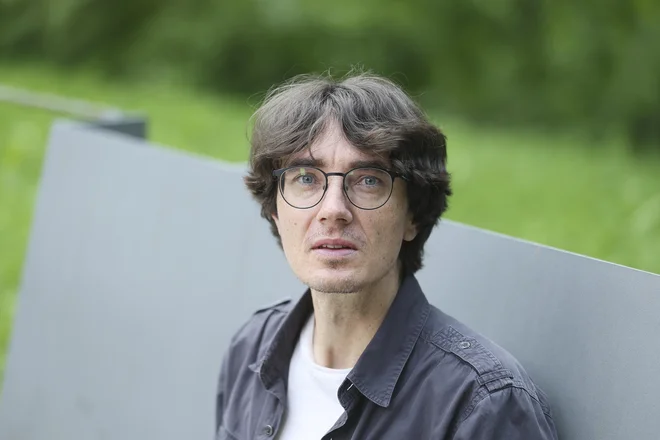In baby beds discovered chemicals that adversely affect children’s development

Beds intended for the youngest can release harmful chemicals during sleep in the air, including hormonal disruptors. These substances are associated with developmental and hormonal disorders and even increased risk of cancer. These are the key findings of two new, interconnected studies of the University of Toronto published in a scientific journal Environmental Science & Technology.
In the study are scientists led by professor Miriam Diamond from the University of Toronto measured the concentrations of chemicals in the air of 25 children’s bedrooms (children from 6 months to 4 years). « We measured worrying levels of more than two dozen phthalates, Gorenje and UV filters inhibitors, » said the findings for Cnn Diamond explanations. The highest concentrations of these substances were detected precisely in the immediate vicinity of children’s beds.
In another supplementary study, researchers recognized children’s mattresses as the main source of these substances after testing 16 newly purchased beds, reports the report The Institute for Green Science Policy (GSP Institute), who participated in the publication of the studies. Simulation then showed that the heat itself and the weight of the baby’s body during sleep can be significantly – in some cases even several times – to increase the release of these toxic substances into the air. « This is a factor that the current safety standards for products do not take into account, » he is for Cnn warnings Jane Houlihan from the US non -profit organization Healthy Babies, Bright Futures.
In a study, scientists led by Professor Miriam Diamond from the University of Toronto measured the concentrations of chemicals in the air of 25 children’s bedrooms (children from 6 months to 4 years). Photo: Shutterstock
Researchers are for Cnn confirmed that it was a testing of more affordable mattresses of well -known brands purchased in Canada, AZ materials from the US and Mexico. Due to the intertwining of supply chains, the results are very likely to be relevant to the whole of North America GSP Institute. Houlihan adds that some of the tested mattresses even exceeded the statutory limit values for certain additives.
What chemicals are controversial and what are the risks?
Studies have emphasized three groups of problem substances:
– Phthalate (Pae): Plastic plasticizers present in many products from packaging to cosmetics and toys are known hormonal disruptors. They are associated with premature puberty, reproductive problems, obesity, asthma and cancer, warns the US National Institute of Environmental Health Sciences (NIEHS). The study, as Diamondova pointed out for CNN, discovered high levels of phthalates, which are otherwise limited in toys, but not necessarily in mattresses.
– The burning inhibitors (Foot): Organophosphate esters (open) often replace older, already banned Gorenje brominated inhibitors (PBDE), which have been linked by studies to a lower intelligence ratio in children. However, according to the CNN and GSP Institute, the newer bees are also not innocent; They are associated with harmful effects on the reproductive, developmental and nervous systems. In some mattresses, the study has discovered very high concentrations of TDCPP inhibitor, which is considered a carcinogen.
According to researchers, the presence of high levels of Gorenje inhibitors was « incomprehensible », since these substances are not necessary in mattresses to meet the standards of flammability and have no proven benefit in fire safety in this context, the study co -authored Arlene Blum (GSP Institute), as reported Daily Mail. In some tested mattresses, they have even found substances that are already banned in Canada or the US (in children’s pajamas), states Cnn.
– UV-Filters: These chemicals protect the materials from fading due to UV light, but some of them are also considered hormonal disruptors, writes the GSP Institute.

In another supplementary study, researchers recognized children’s mattresses as the main source of these substances after testing 16 newly purchased beds. Photo: Shutterstock
Researchers specifically highlight the vulnerability of children. Due to the body in development, faster breathing, larger surfaces and skin permeability, and behavioral patterns (wearing objects in the mouth), children are more exposed and sensitive to the harmful effects of environmental chemicals, emphasize the GSP Institute and the Daily Mail.
Calls for action
Despite the known risks in the US, there is still no comprehensive federal legislation that would regulate the use of whole classes of Gorenje inhibitors in consumer products, warns Cnn. Although there are some restrictions for phthalates in children’s products or cosmetics in both US and EU/VB, which mentions Daily Mailthese are often behind scientific findings. Researchers therefore call for more stringent regulations and more consistent control, especially for children products. Manufacturers call for greater responsibility and testing products to the presence of harmful substances, he points out GSP Institute.
To the findings for Cnn also responded American Chemical Association. Their representative Tom Flanagin said that the industry is taking security seriously, that burning inhibitors can be necessary to prevent fires and that the presence of the substance itself does not pose a risk, since all chemicals must through federal approval procedures.
Tips for parents
As the choice of completely safe products is difficult, experts advise some measures to reduce the risk in the baby’s bedroom:
– Frequent washing of bedding and pajamas: Fabrics can act as a barrier and absorb some of the chemicals, advises Diamond’s for Cnn and GSP Institute.
– Fewer items into bed: Remove excess pillows, blankets, toys and protective liners that can be an additional source of chemicals, recommend Houlihanova for Cnn.
– Choosing materials and ventilation: If possible, choose natural materials or used products and new products well ventilated before use, suggests Muncke’s expert for Cnn.
– Neutral colors: Avoid vibrant textiles that often contain more UV philts and additives advises Diamond’s for Cnn and GSP Institute.
– Cleaning: Regular ventilation and cleaning of dust also help to reduce the concentrations of harmful substances.

Experts coordinate frequent washing of bedding and pajamas, as fabrics can act as a barrier and absorb some of the chemicals. Photo: Shutterstock
« Parents should be able to put children in San with behavior that they are safe, » she said Arlene Blumwhich gives it GSP Institute. However, until the standards and controls are tougher, caution remains to be crucial to the choice and maintenance of the child’s sleeping environment for protecting the health of the youngest.







